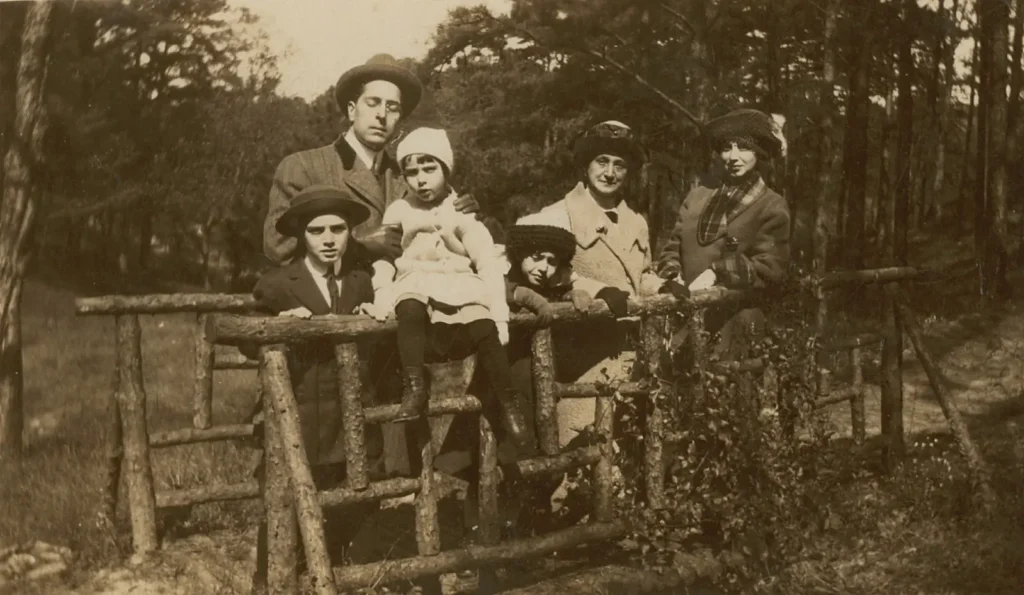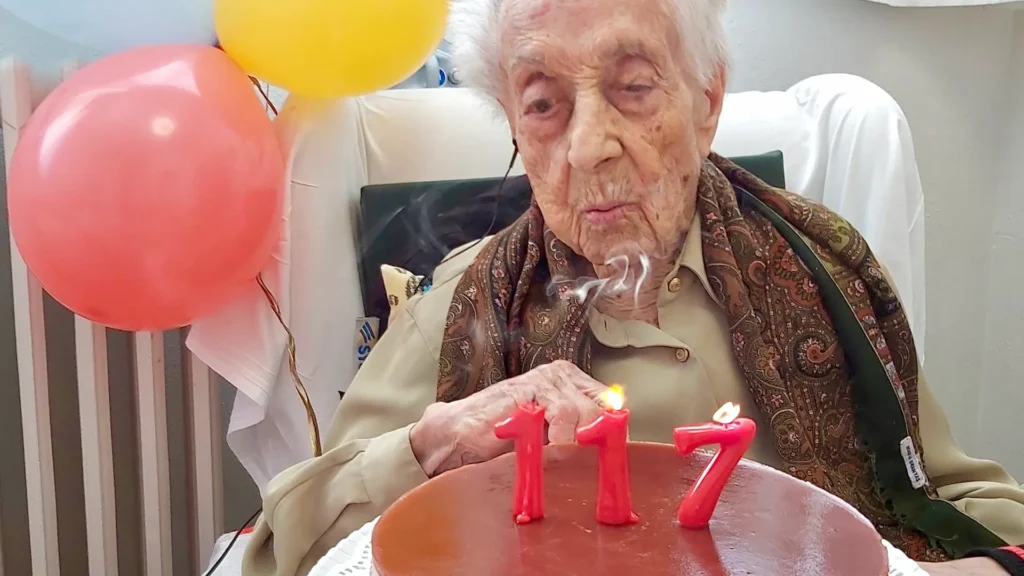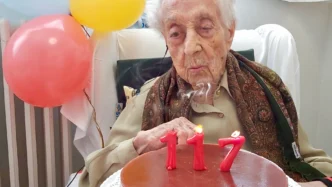When María Branyas Morera passed away in August 2024 at the age of 117, she was not only the world’s oldest woman but also a unique subject for scientific research. A groundbreaking study published in Cell Reports Medicine now reveals the biological and lifestyle factors behind her extraordinary lifespan, providing rare insights into healthy aging and longevity.
“Study me, learn from me,” Branyas told researchers, according to Dr. Manel Esteller, senior author of the study and head of the Cancer Epigenetics Group at the Josep Carreras Institute in Barcelona. “She was incredibly generous, always smiling, and aware that her life could help others,” Esteller recalled.
A Witness to History
Born in San Francisco in 1907, just months after the devastating earthquake, Branyas moved to Spain as a child. She survived the 1918 influenza pandemic, served as a nurse during the Spanish Civil War, witnessed World War II, celebrated the moon landing, and saw the fall of the Berlin Wall. In 2020, she even recovered from COVID-19 with only mild symptoms.
Her life spanned over a century, marked by resilience and personal loss. She outlived her parents, husband, siblings, and even one of her children. Yet, until her final days, she remained optimistic and socially engaged — traits her doctors and family attribute to her exceptional longevity.

Unlocking the Biology of Aging
Dr. Esteller’s team conducted a multi-omic analysis of Branyas, examining saliva, blood, urine, and stool samples. This cutting-edge research included:
- Genomics: decoding her DNA.
- Epigenomics: chemical markers that reflect biological age.
- Microbiomics: analyzing gut microbiome health.
- Metabolomics, proteomics, and transcriptomics: tracking cellular and protein activity.
Never before had scientists studied a supercentenarian with such depth, offering unprecedented insight into the biology of extreme aging.
A Remarkably Resilient Immune System
One of the most striking findings was Branyas’s exceptionally strong immune system. Her immune cells remembered infections from across her lifetime but did not attack her own tissues, reducing the risk of autoimmune disease. This balance likely contributed to her mild COVID-19 experience.
Her telomeres — protective caps at chromosome ends — were up to 40% shorter than average. While short telomeres often indicate frailty, Branyas remained remarkably healthy.
“Telomeres indicate chronological age, but not necessarily biological health,” Esteller explained.

Younger Than Her Years
Using epigenetic clocks, researchers calculated that Branyas’s biological age was on average 23 years younger than her chronological age. None of the six epigenetic markers predicted her real age.
Her gut microbiome resembled that of a teenager, supporting efficient cholesterol and lipid metabolism. Her mitochondria also excelled at neutralizing oxidative stress, helping her cells resist aging.
“Her arteries were incredibly clean,” Esteller noted.
Lifestyle, Resilience, and Emotional Balance
Genetics alone did not explain her longevity. Researchers highlighted the importance of emotional resilience and lifestyle. Despite wars, pandemics, and personal tragedies, she remained calm, socially active, and optimistic.
“It’s not only what you experience, but how you adapt,” said Iñaki Martín-Subero, biomedical epigenomics expert at IDIBAPS in Barcelona. He believes her low stress levels were as crucial as her genetics and microbiome.
Limits and Future Questions
The study has limitations. As a single case study — “N=1” — findings cannot be generalized to all supercentenarians. Ethical considerations also restricted post-mortem analysis. Researchers only studied samples collected without causing discomfort.
Even so, Branyas’s case offers a rare glimpse into healthy extreme aging.
“Each supercentenarian may have a unique path to longevity,” Martín-Subero noted.
Redefining Aging
For Esteller and his team, Branyas’s life challenges common assumptions about aging.
“We tend to equate aging with disease,” said Eloy Santos, first author of the study. “María showed us that this does not have to be the case.”
Her story demonstrates that longevity arises from the interplay between genetics, microbiome health, emotional wellbeing, and lifestyle choices. María Branyas’s life provides a rare and inspiring example of how humans can age healthily while maintaining vitality, resilience, and curiosity.
Information Source:
Photo Attribution:
Photo: María Branyas Morera celebrating her 117th birthday, March 4, 2024. © Branyas Morera family / Wikimedia Commons
Photo: María Branyas Morera (third from left) with her family in New Orleans, Louisiana, 1911. Public domain image via Wikimedia Commons.
 English
English Español
Español













